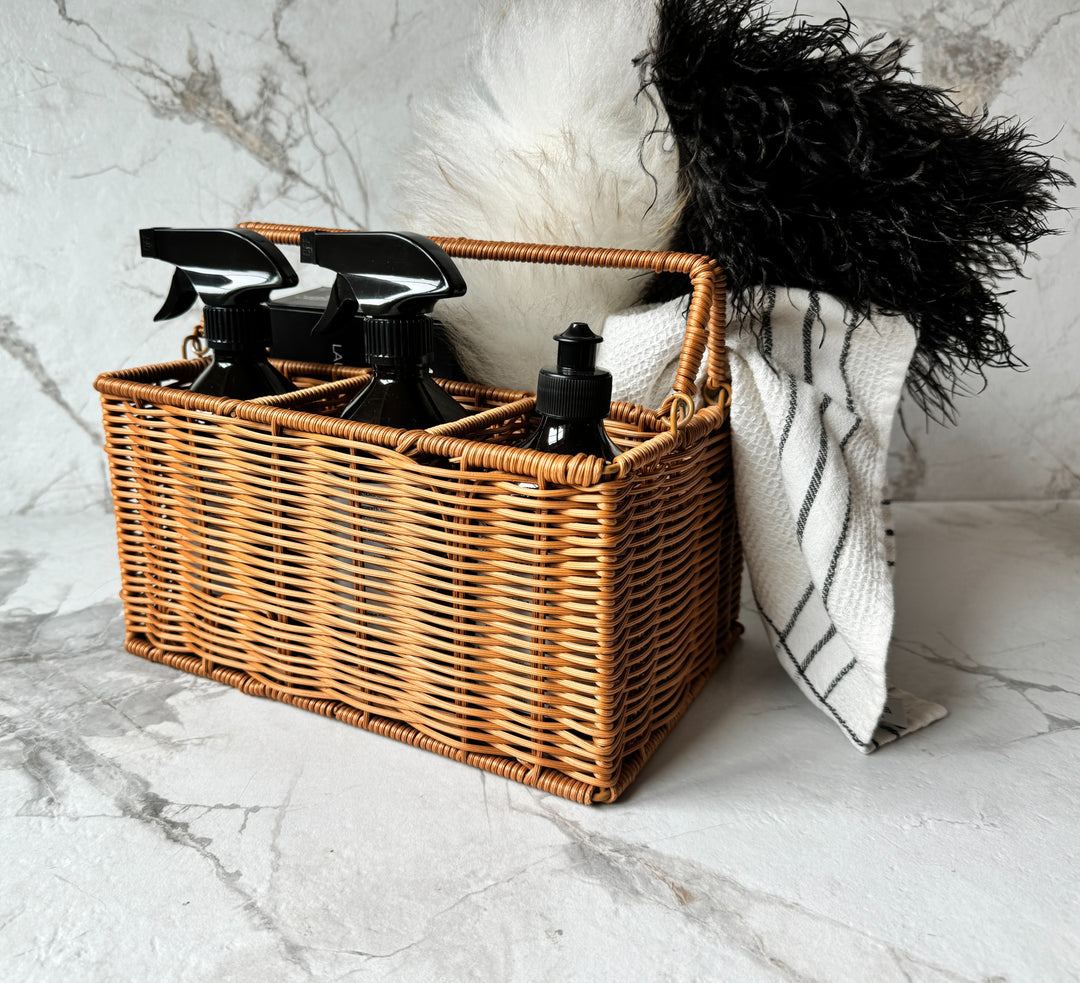The dishwasher - a rather wonderful invention that has eliminated one of the most tedious home chores in my opinion. However, there's nothing more frustrating than opening up the machine after a washing cycle to find barely cleaned dishes. Although the whole concept of using a dishwasher may seem pretty foolproof, there could be a few mistakes you're making with yours.
Too Much On Your Plate
While today’s dishwashers make it so a full pre-wash of your dishes is unnecessary, even the most powerful machines may have trouble removing grime if there's simply too much food left on your plate. Make sure you give your dishes a good scrape into the trash or disposal before putting them. If the mess still seems a bit tough, quickly go over it with a brush and a bit of dish soap.
Not Cleaning the Machine
If you you notice your dishwashing machine hasn’t been performing its best lastly or if its starting to develop an interesting smell, here's what you need to do:
- Take the racks out.
- Use a toothpick to clear out any gunk in the holes in the spinning arms.
- Wash the water drains and remove the filter (if there is one) with warm, soapy water in the sink.
- Spray and wipe the rubber door seal with All-Purpose Cleaner.
- Sprinkle 1 cup of baking soda on the bottom, then run the machine on a short hot-water cycle to battle stains and odors.
- Close the door and clean the exterior with Glass Cleaner, especially the control panel and handle.
Forgetting About Hand Washing
Although it may be tempting to just stick everything in the dishwasher and forget about it, there are some items that just simply require the “old-fashioned” way of dish washing. With the help of a good dish soap, you may end up doing a better job than the machine. Some items you should always avoid running through the dishwasher include: metals like copper and cast-iron, delicate glassware, and most wooden products/utensils. Basically if you have to question whether or not its safe, it most likely best to just give it a good hand wash.
Using the Wrong Rack
Everything in the kitchen should have a place- this is not only true in your cabinets and drawers but in your dishwasher as well. To avoid any breaks, warping or melting, load less sturdy items such as glasses, cups, bowls and larger serving utensils on the top rack. Use the bottom rack for your plates, pots, pans, and everyday cutlery. This will also assure cleaner dishes when unloading too.
Overloading The Washer
While it's great to do less, load and conserve as much water and energy as we can, you also want to make sure you're not overloading your machine. This could lead to not only a less thorough clean on your dishes but could also result in your dishes bumping around and possibly breaking during a cycle. No good!
Under Loading
Again, doing a small load, although it may ensure you a deep clean of your dishes, is a waste of water and energy. It's best to let your dishwasher fill up, not too much, but enough to justify a nice full load. Similarly to overloading the dishwasher, leaving a partially fully machine could also lead to bumps and breaks during a washing cycle.
Order of Unloading
This one may sound silly but trust me it makes a huge difference. Due to their shape, top rack items such as cups and bowls tend to hold water after a wash cycle. I recommend unloading the bottom rack first so that way you can just dump any leftover water back into the machine. This also helps assure that you're not dripping all the leftover water onto the bottom rack dishes while unloading as well.
To cleaner dishes and fewer cycles!
Xx, mlk







